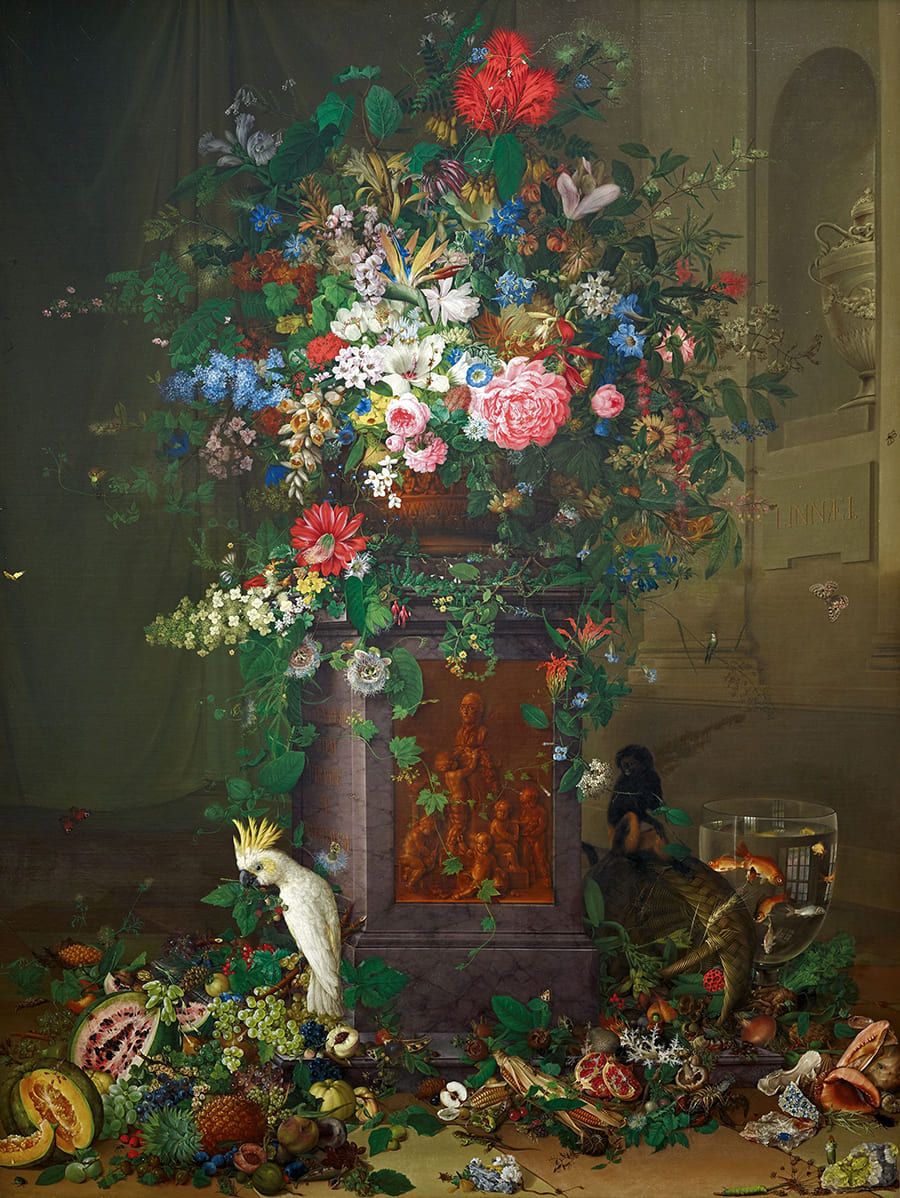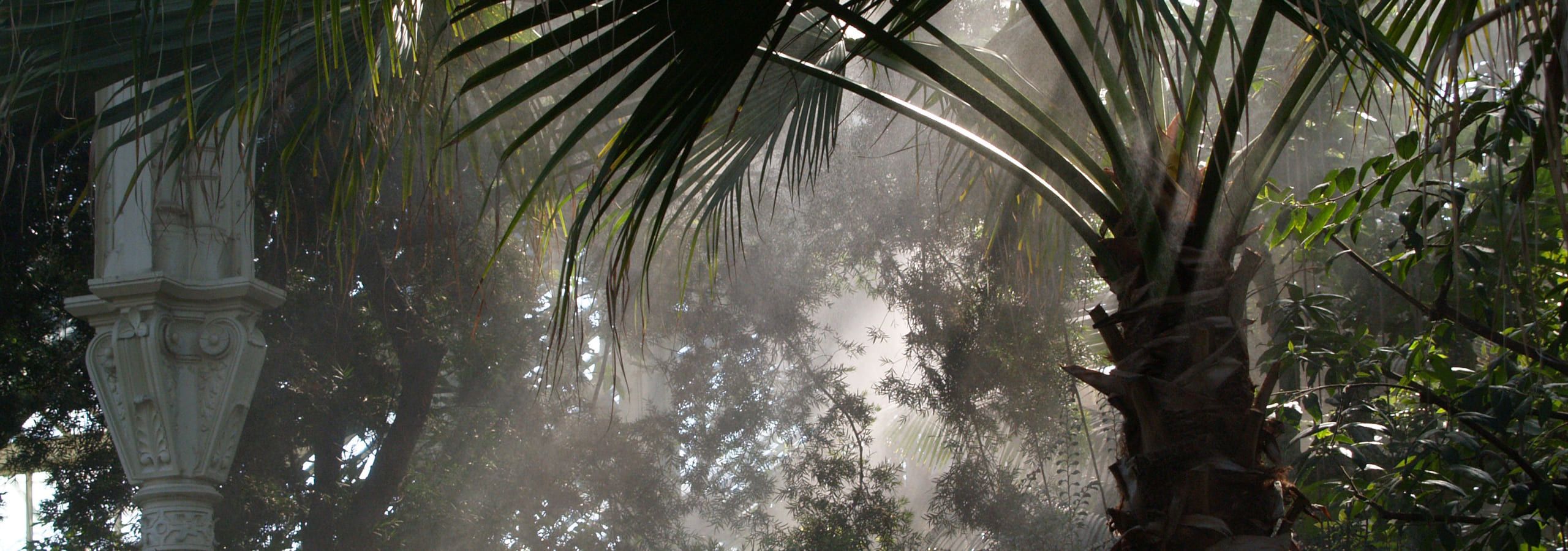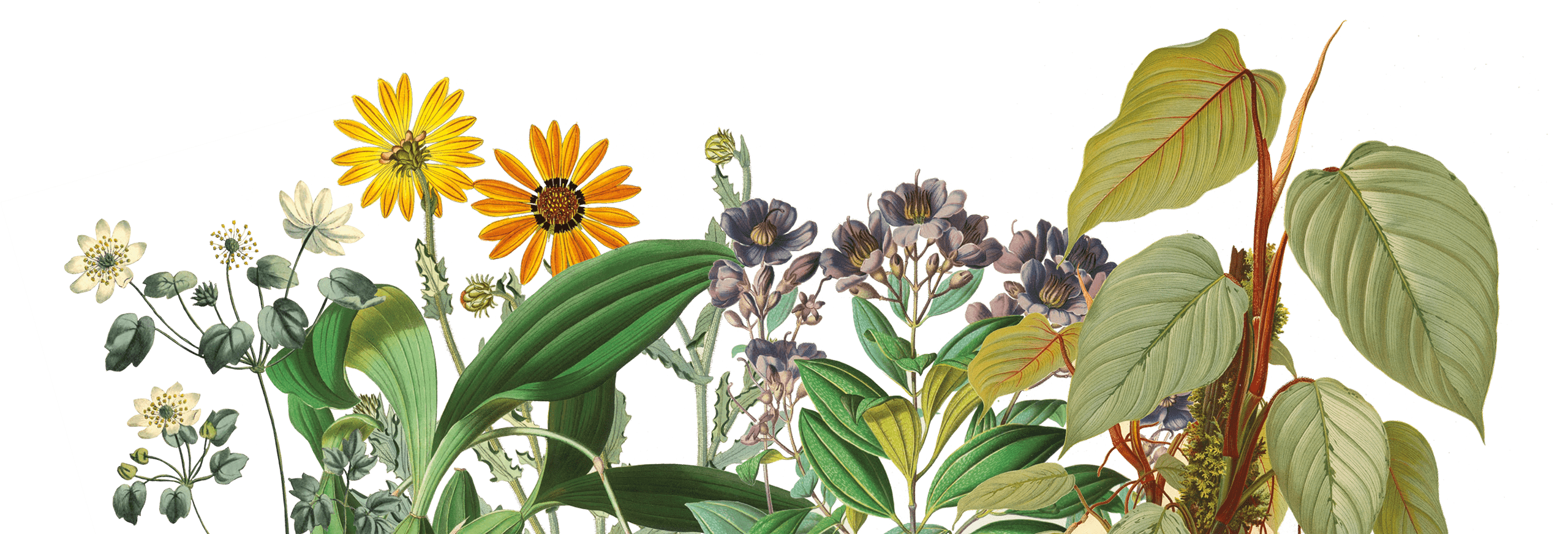In 1753, Emperor Franz I. Stephan founded the Botanical Garden at Schönbrunn, then known as the Dutch Garden. A year later, the Botanical Garden of the University of Vienna was also founded. The function of the Dutch Garden was mainly collecting plants for decoration and representation. In turn, the Botanical Garden of the University of Vienna was intended for research and education. At the same time, Emperor Franz I. Stephan separated the different parts of the collection of curiosities and established a natural history collection, where objects including herbaria – collections of dried plants – and botanical drawings, often from the living plants at Schönbrunn, were kept. To contribute to these, research expeditions to the Americas, South Africa, the Mascarene-Islands and a circumnavigation of the world were organized and aimed at gathering new plants, animals, minerals, conches, coins, craft and ethnological objects. Back in Vienna, the finds were divided among the various imperial collections, studied and displayed. Furthermore, the plant collections were expanded through the purchase of exotic plants from nurseries, private collectors, and through a plant exchange network of gardeners, botanists, and diplomats, established for this purpose and supported by the highest authorities.
The three collections tracing back to these efforts still exist today. The former imperial plant collections in Schönbrunn are now maintained by the Austrian Federal Gardens, the imperial natural history collection became the Natural History Museum of Vienna, and the Botanical Garden of the University of Vienna remained as such. State of the art research in botany and plant sciences requires living plant collections, a herbarium and research facilities. Together, these three collections create one of the biggest research infrastructures of that kind in the world, and are also a center of garden history and garden conservation.
During the Second Congress of Historical Botanical Gardens, we will welcome you in Vienna and at these institutions, exploring history and working towards the common future of plant research.


